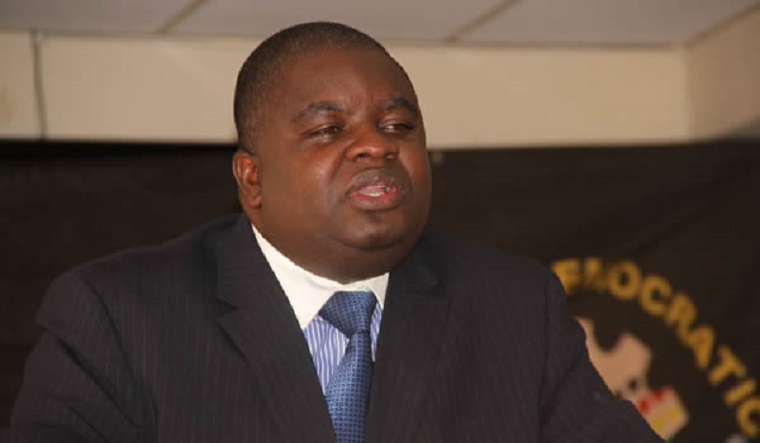I have talked about policy, but you also need leadership or political will. We have examples in African countries. The example of Rwanda – economic leadership, Kenya – economic leadership and Mauritius – economic leadership. These countries are in the pack of States in Africa, among failed States but they have emerged winners among failed states and they are growing at about 7% per annum. So we need leadership, we need economic and political leadership.
Now, I go to the alternatives because it is one thing criticising but another proffering alternatives. We, on this side, also offer alternatives. – [HON. MEMBERS: Hear, hear.] – The first alternative is that the new Minister of Finance and Economic Development is holding the wrong end of the stick. He is missing the woods for the forest because his assessment of the problem is that we need a two year stabilisation programme. Our diagnosis is different and what we need is structural transformation. We need real transformation of the economy because with stabilisation, all you are doing is to balance the books and you are not talking about growth, development or addressing structural bottlenecks, the supply side of the economy and production. You are not dealing with those things but just want to balance books for the purpose of having a good balance sheet. Those are what we call austerity measures.
This stabilisation is a school of thought which is outdated just like structural adjustment. It is neo-liberal. The father of market forces which is the basis of stabilisation is Adam Smith who said that in order to correct imbalances, you have to use market forces, reduce taxation and reduce or cut on expenditure. That is a neo-liberal view or what we call the Washington consensus which says cut this and that even where it affects society. That is what we call neo-liberal economics or free market economics which is an ideological issue. In an African country like Zimbabwe, you need a developmental state, strategic purposive and targeted intervention to create an enabling environment for growth to take place and not stabilisation.
I will now refer to the stabilisation measures which were announced by the Minister and tell you what could be our approach. The first stabilisation measure is servicing the debts. The Minister is saying let Zimbabwe re-engage and service the debts. Fair and fine, we ought to service the debts but do we have the capacity to service the debts at this juncture. How can we put five billion to service the debts when our roads are not right, when we have sewage flowing in the streets and we have no drugs in the hospitals? How do you then pump out all that money with the hope that they might give you new money? These multilateral institutions are very clever. They are debt collectors and they will dangle a carrot to a point when you pay all your debts then they tell you to reform this and that. Meanwhile you have paid them everything that you had. What could be our alternative approach? Our alternative approach is HIPC, the Highly Indebted Poor Countries Strategy. If you look at all the statistcs in terms of debt service ratio, ratio of exports to GDP and all those things, we qualify to be a HIPIC case. What do they do under HIPC? You apply to the creditors then they give you a holiday and say, instead of paying us $5 billion, take a proportion of that money which you were supposed to give us and build schools, hospitals and clinics. So, you retain some of the money that you were supposed to pay to the creditors. However, they will supervise you to make sure that that money is ring-fenced and is going towards what you are supposed to spend it on especially on social economic infrastructure. So, instead of going head-long full throttle debt servicing we would say let us apply for the HIPC status so that we can service the debts at a slower rate but retain some of the money to build our own institutions and infrastructure.
On Government deficit and borrowing, what is the solution? The solution is not to tax the poor to cover the mistakes of the rich. The people who have caused the deficit – the Government, has to bear the brand. How does it do that? It has to cut Government Executive expenditure. You cannot just pass on the burden to the poor people. The poor cannot keep on tightening their belt. That is a neo-classical approach.
Continued next page
(660 VIEWS)


